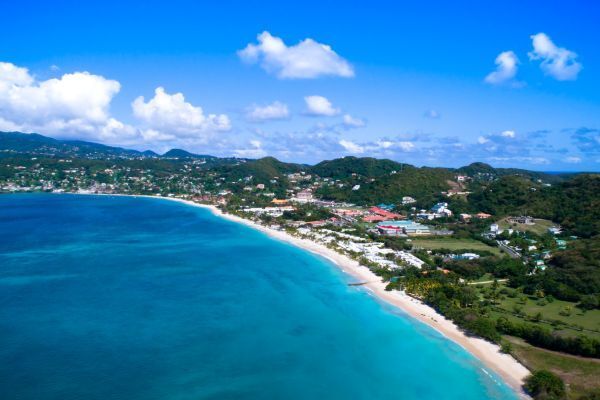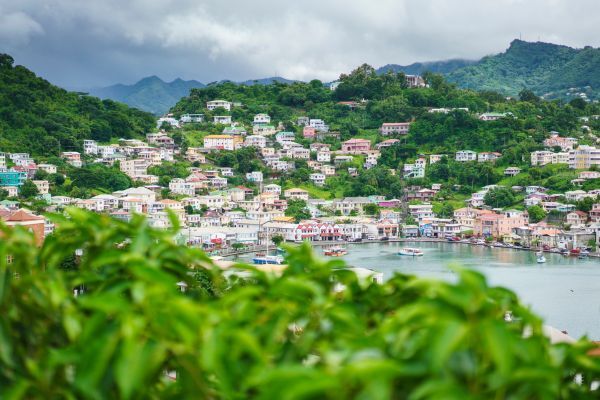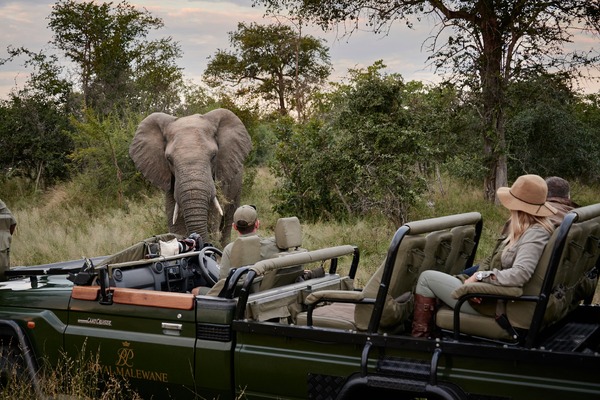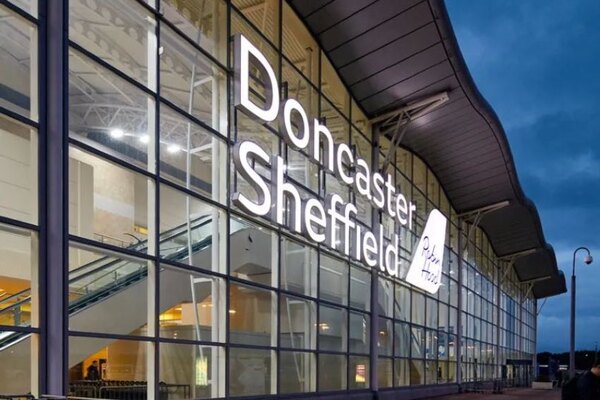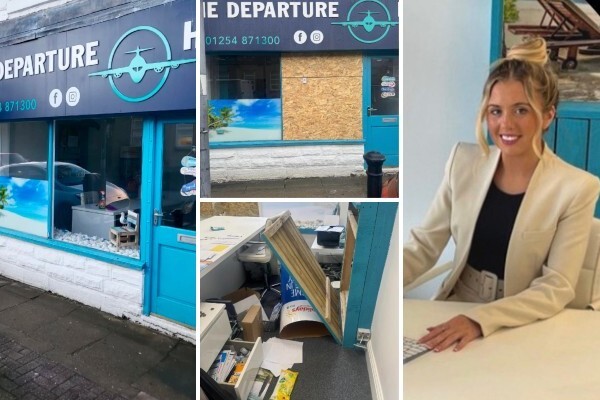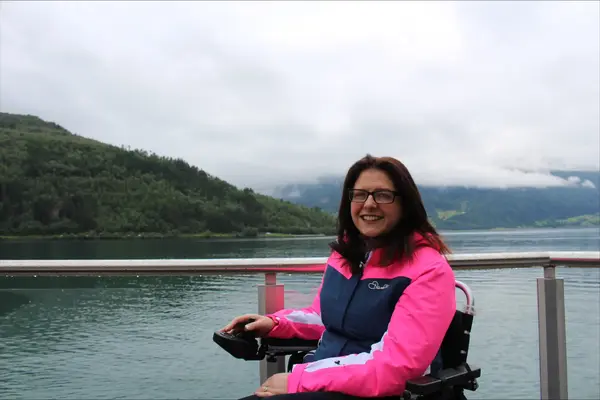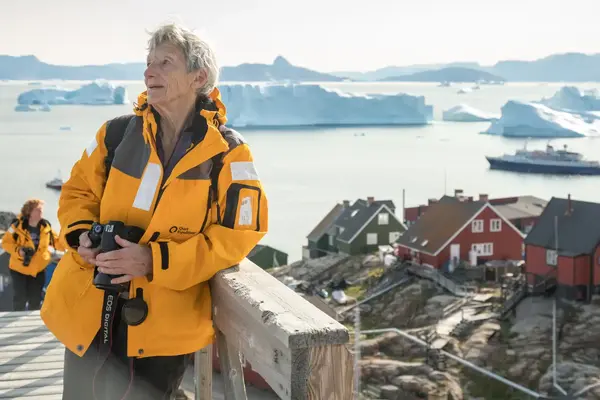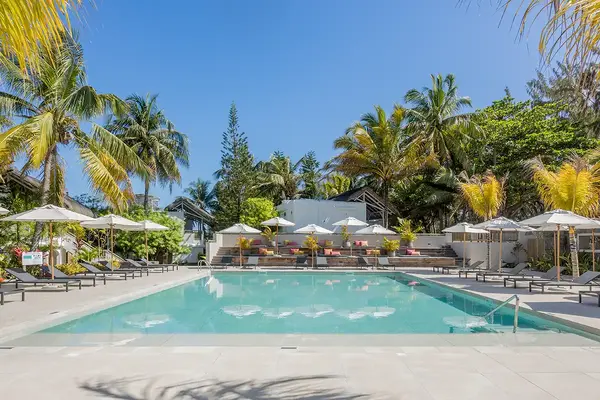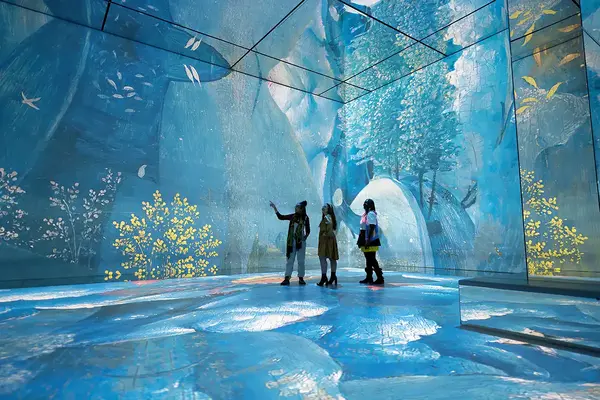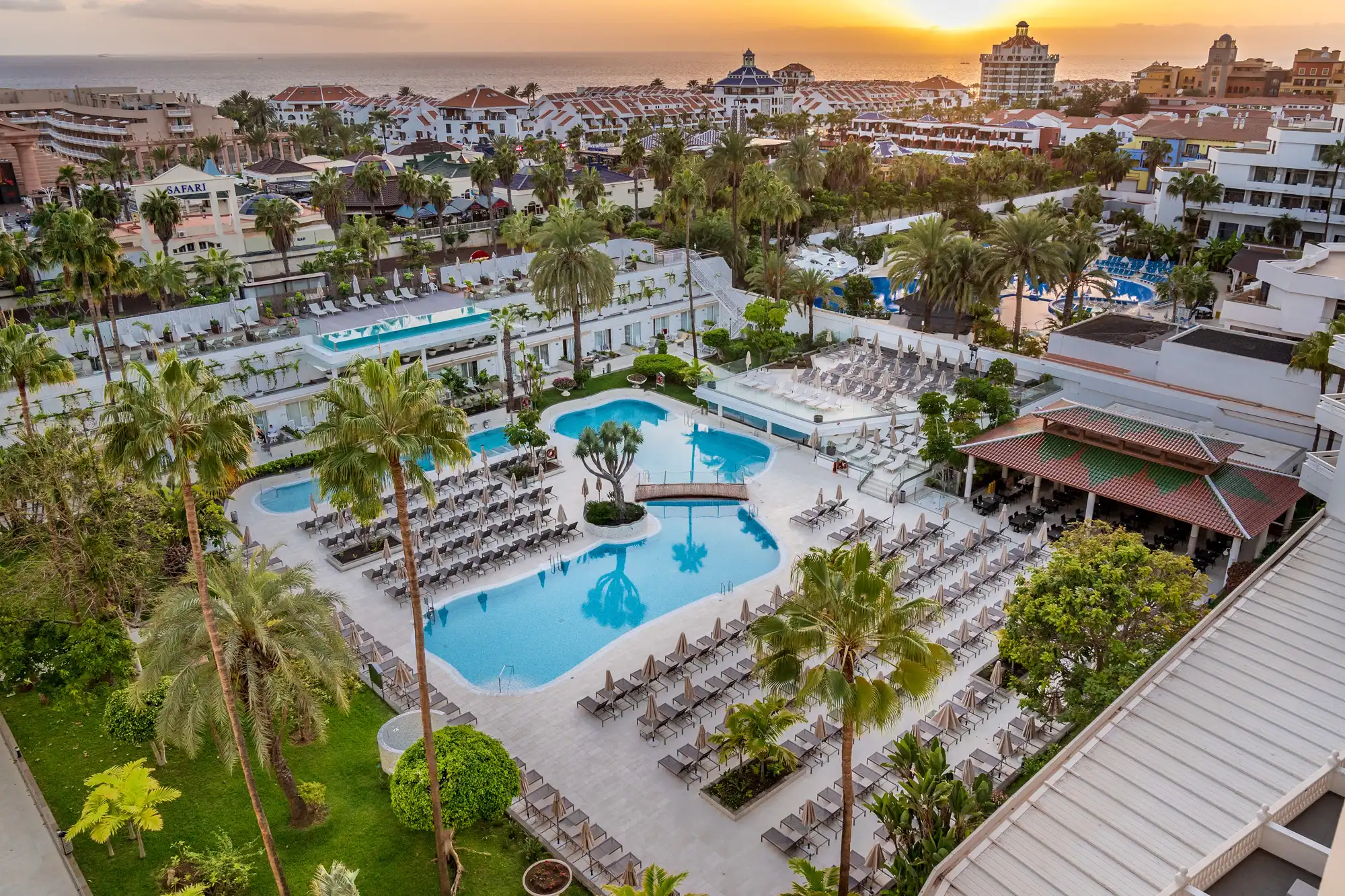Hurricane Beryl an 'opportunity' to highlight Carriacou and Petite Martinique, says Grenada
The Grenada Tourism Authority is determined to raise the international profile of its sister islands following the devastating hurricane that nearly wiped them out.

It’s been two months since Hurricane Beryl struck Grenada, and its tourism authority is already recovering its reputation as an idyllic vacation destination.
The Caribbean nation had been enjoying strong tourism rates prior to the natural disaster, reporting a 20% increase in visitors in the first half of 2024 compared to that of the same period in 2023. It had also seen a rise in the number of UK travellers, which jumped by 12%.
This upward trend has been building for some time; the island welcomed more than 504,000 tourists in 2023 and 334,000 in 2022, and celebrated its highest-ever November arrivals last year.
But the country’s momentum came to a grinding halt on 1 July, however, when it became one of the Caribbean countries, along with the Gulf Coast and the Yucatan Peninsula, to be struck by deadly Hurricane Beryl.
The disaster resulted in six fatalities and widespread power outages, as well as $430 million of damages. It mostly impacted mainland Grenada’s sister islands, Carriacou and Petite Martinique, destroying 98% of the infrastructure and leaving thousands of people in need of humanitarian assistance.
Grenada is fast at work to not just rebuild these islands, but to use the media coverage of their plight as an opportunity to highlight their desirability.
Only 10% of Grenada’s tourists currently travel to Carriacou and Petite Martinique, despite the former being just a 20-minute boat ride from the mainland. Its tourism board believes that this a key moment to promote these regions, both of which boast secluded beaches with crystal clear water, to international tourists.
“We wanted to focus on them before the hurricane and we need to push more investment in these islands,” Randall Dolland, chairman of Grenada Tourism Authority, told TTG. “Beryl has given us an opportunity to improve the product there.”
He highlighted the existing attractions on Carriacou, including recently-opened underwater sculpture, ‘A World Adrift’. Designed by British artist Jason deCaires Taylor, the installation is located between three and five metres below sea level and features 30 statues of children standing fearlessly in origami-like boats.
It symbolises the crisis of climate change and those it will most affect, whilst also functioning as artificial reefs that can shelter marine life. Today, it is the third most-visited site on the island. Meanwhile, Petite Martinique, which is the smallest of the country’s islands and home to just 900 residents, is known as a gateway to other Grenadine islands.
Getting there
Grenada has greatly benefited from the increased airlift from the UK market, with both British Airways and Virgin Atlantic upping their services from two to three flights a week over the winter season.
While there are no immediate plans to work with any other airlines, GTA chief executive officer Petra Roach said the country hopes to “leverage the seats on those aircrafts and expand within”. Only 40% of visitors arrive in the country via plane (the rest being cruise), but it’s likely that this figure will climb as airlines expand their flights.
Grenada also aims to improve its accommodation offerings in light of this rising tourism interest, especially as the number of longer-staying travellers continues to grow.
Hilton has plans to open a property in the True Blue area of the island next year, while the InterContinental will be making its Grenadian debut with a 120-room development in early 2026.
Silversands, which already operates its Silversands Resort Grande Anse and Silversands Beach House, will open its third property on the island in 2026. Grenada also became home to Six Senses’ first Caribbean resort in April, Six Senses La Sagesse.
Carriacou and Petite Martinique will, for the near future, remain day-trip destinations. “We don’t have the capacity right now to host many overnight guests,” said Dolland. “Grenada is not a mass market destination, it’s a boutique destination.”
Roach added: “We welcome investors, but any investor recognises that a massive hotel doesn’t fit the product.” No hotels are higher than four storeys in Grenada due to building restrictions, which again, lends itself to a more relaxed atmosphere, Roach said.
“There is a demand for a product like ours; the laid-back luxury, culinary focus on farm-to-table, soft adventure, healing holistic wellness. Grenada behoves itself to all of these things.”
